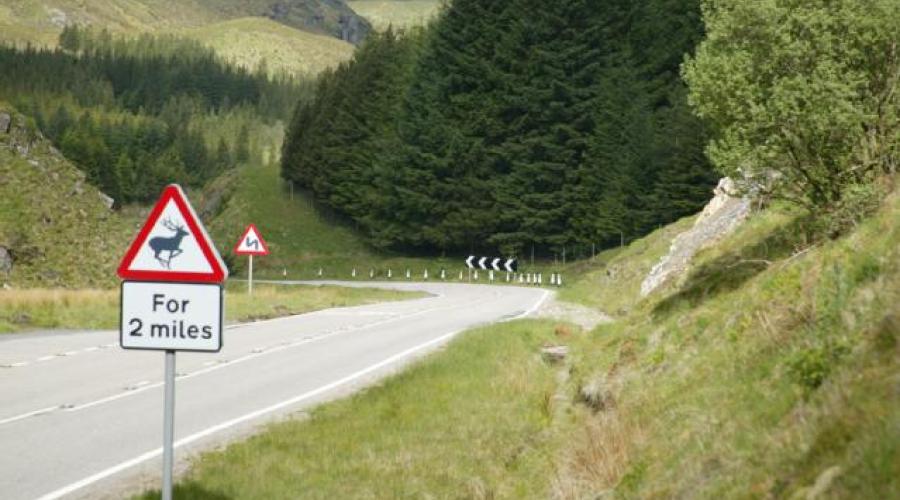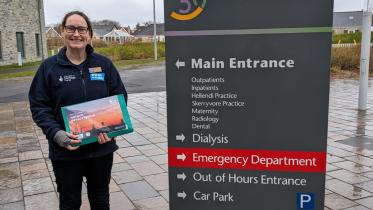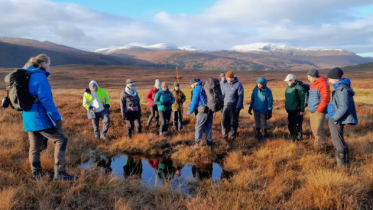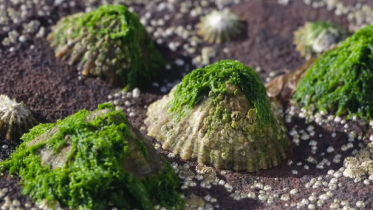
Deer vehicle collisions
Reducing the risk of deer vehicle collisions helps protect motorists and safeguards deer welfare.
Deer vehicle collision project
Together with Transport Scotland we are monitoring and analysing the incidences of deer vehicle collisions (DVCs) across the Scottish road network. This work is helping us to better understand the occurrence of DVCs, for example we are identifying the stretches of road with the highest number of DVCs per kilometre per year. This is helping us to identify locations where mitigation measures may have the most benefit.
- Deer Vehicle Collisions Analysis 2019 - 2021 (2023) - summary leaflet
- Deer Vehicle Collisions Analysis 2019 - 2021 (2023) - full report
We have also published a review of mitigation measures and their efficacy.
Advice to planners
At the design stage, we advise local authorities and road developers on measures to reduce the likelihood of deer vehicle collisions.
Our Wildlife Management Officers have advised on large-scale schemes where deer may present a risk to drivers, such as the A9 dualling project and the M80 Stepps to Haggs upgrade.
Advice to drivers
- Be alert for deer in the road or on the verge, particularly between dusk and dawn and where wild animal/ deer warning signs are displayed.
- In poor light, and at night, use your headlights on full beam when you can. Dip them if you see a deer – this will make the deer less likely to ‘freeze’.
- If you see a deer at the roadside, expect there to be others nearby. If a deer runs into the road, anticipate that others will follow.
- Slow down and be prepared to stop – swerving to avoid a deer could cause you to hit another vehicle or obstacle, putting you in even more danger.
- If you are stopped and obstructing the road, use your hazard lights to warn others.
- Never approach an injured deer – you could put yourself in danger.
- Call 999 if your vehicle collides with a deer resulting in injury and/ or a risk to other road users.




